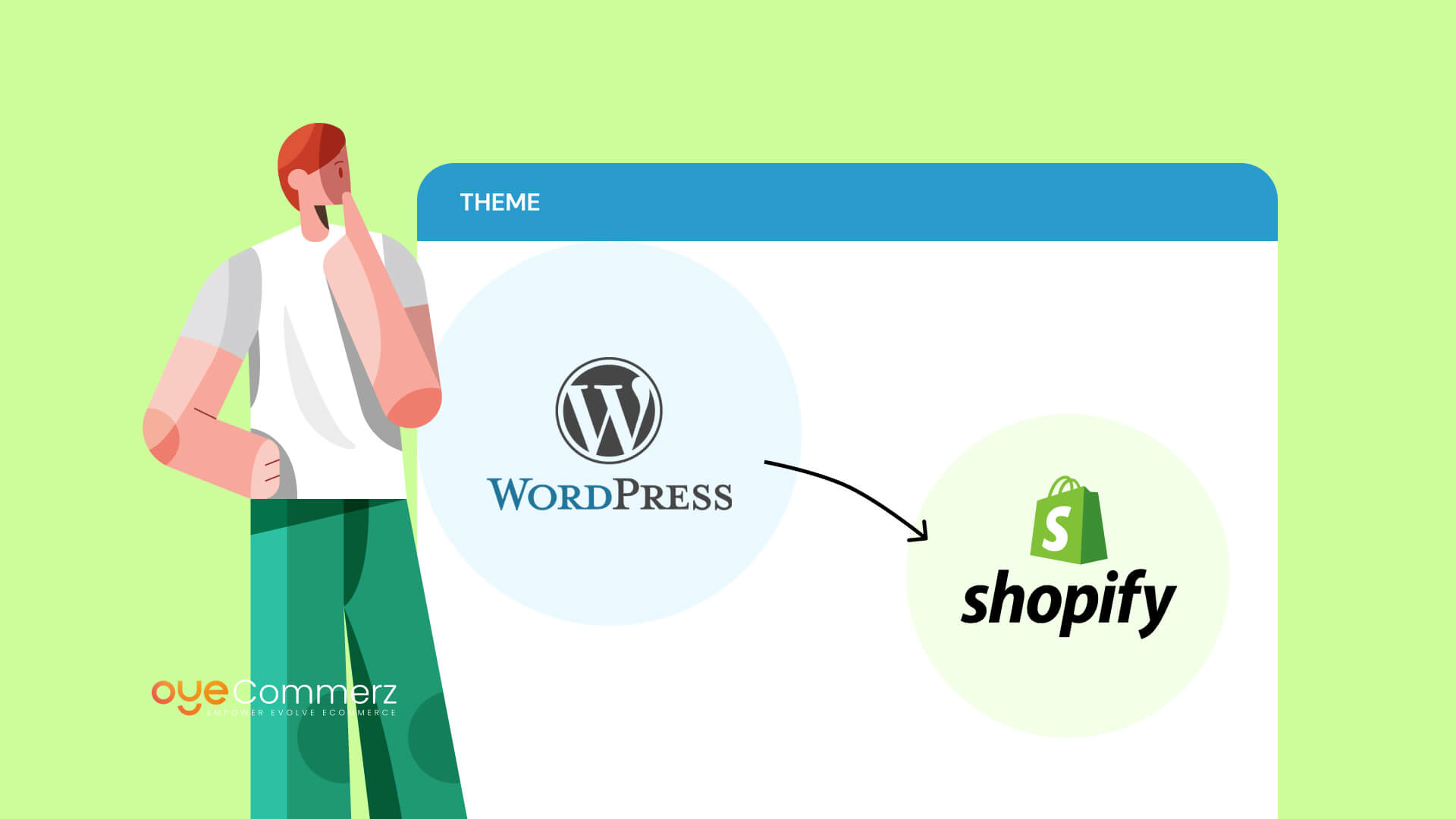An e-commerce platform's success is defined by its scalability, adaptability, and ability to offer seamless experiences to customers.
Migrating from WordPress to Shopify is often driven by the need for improved performance, enhanced capabilities, and a robust foundation for growth.
This guide outlines the essential steps, strategies, and insights to ensure your migration to Shopify is successful and disruption-free.
Why Consider Moving from WordPress to Shopify?
WordPress is a flexible platform, but its dependency on plugins can complicate e-commerce scalability.
Shopify caters to businesses of all sizes with robust features, enterprise-grade security, and growth-focused solutions.
As of 2024, Shopify powers over 4.5 million online stores worldwide, solidifying its position as a leader in e-commerce.
Switching to Shopify can unlock benefits in payment integrations, mobile optimization, and order management.
This is your detailed plan for a successful migration journey.
Step 1: Assess Your E-Commerce Needs
Start by reviewing your store’s current performance and identifying future needs.
Identify bottlenecks such as sluggish performance or excessive reliance on third-party tools.
For example, Shopify offers integrated features like Shopify Payments and customizable themes, reducing third-party tool dependency.
Step 2: Develop a Detailed Migration Strategy
An unorganized migration process may cause disruptions, data mishandling, or extended delays.
To minimize risks, prioritize critical components such as customer records, product catalogs, and transaction data.
Utilize Shopify’s migration features and compatible apps to ensure safe data transfer and minimal disruption.
Step 3: Tailor Your Shopify Experience
Shopify’s flexible themes allow you to reflect your brand identity seamlessly.
Browse the Shopify Theme Store for templates or modify them to enhance user experience.
Themes such as “Impulse” or “Prestige” deliver visually stunning layouts and powerful features.
Shopify Plus offers tailored theme development for businesses seeking unique designs.
Oyecommerz provides expert Shopify Plus customization services to elevate enterprise branding.
Step 4: Safeguard Your Search Engine Optimization
Maintaining your SEO settings is crucial to keeping your website visible in search results.
Shopify tools enable redirection of old URLs to new ones, safeguarding existing traffic.
Use Shopify’s built-in SEO tools to manage metadata and connect analytics platforms.
Reports indicate that 70% of websites experience temporary traffic dips post-migration without proper SEO management.
Step 5: Leverage Shopify’s App Ecosystem
The Shopify App Store provides a wide range of applications to improve your store’s capabilities.
Apps like Klaviyo for email marketing and Yotpo for customer reviews can transform your customer engagement strategy.
For more complex requirements, Shopify API integration allows seamless connection with third-party tools.
Let Oyecommerz connect third-party solutions to your Shopify store for smoother operations.
Step 6: Focus on Mobile Optimization
With mobile commerce dominating 60% of sales in 2024, mobile readiness Shopify for faster e-commerce performance is critical.
Shopify themes are inherently mobile-responsive, providing a consistent shopping experience across all devices.
Shopify’s payment options, like Shop Pay, offer a quick and frictionless checkout experience.
Enhance mobile user satisfaction by ensuring fast, intuitive browsing and purchasing.
Step 7: Train Your Team
Shopify’s intuitive platform makes it easy to use, but training reduces post-migration challenges.
Teach staff how to manage products, track orders, and utilize reporting tools for insights.
Well-trained staff can make the most of Shopify’s features, improving overall store efficiency.
Step 8: Verify Store Readiness Pre-Launch
Before going live, perform comprehensive testing to identify and fix any issues.
Ensure that all links work, redirects are in place, and product listings are correct.
Validate payment gateway functionality and test the checkout process on multiple devices.
Proper testing guarantees your customers will experience a polished and professional site from day one.
Step 9: Announce Your New Store Boldly
Turn your platform switch into a marketing event to attract attention and retain customers.
Send personalized emails and post updates on social media to announce your improved store.
Highlight benefits such as better performance and enhanced security to boost customer confidence.
Conclusion: Shopify – The Key to E-Commerce Growth
Transitioning to Shopify represents an opportunity to reimagine your e-commerce strategy.
Shopify’s robust tools, scalability, and seamless integrations create an ideal platform for growth.
For businesses of any size, Shopify offers unparalleled support for achieving e-commerce goals.
Rely on Oyecommerz for expert guidance throughout your Shopify migration journey.
Our Shopify migration services help unlock your store’s full potential while WordPress scaling issues ensuring a hassle-free experience.
Ready to elevate your e-commerce strategy with Shopify? Let’s discuss your journey to success.
